Terrace Gardening Beetroot Growing: Imagine stepping onto your terrace and harvesting vibrant, earthy beetroots, fresh from your own little urban oasis! Sounds dreamy, right? Well, it’s more achievable than you think! For centuries, humans have cultivated food in limited spaces, from ancient rooftop gardens in Babylon to the modern-day victory gardens of wartime. This DIY guide isn’t just about growing vegetables; it’s about connecting with that history, reclaiming your space, and enjoying the unparalleled satisfaction of eating something you nurtured from seed to table.
Why beetroot, and why now? Because let’s face it, store-bought beetroots often lack that intense, fresh flavor. Plus, knowing exactly where your food comes from is a huge win! This DIY article will give you the secrets to successful terrace gardening beetroot growing, even if you’re a complete beginner. We’ll cover everything from choosing the right containers and soil to understanding watering needs and pest control. Get ready to transform your terrace into a productive and beautiful edible landscape. Let’s get our hands dirty!
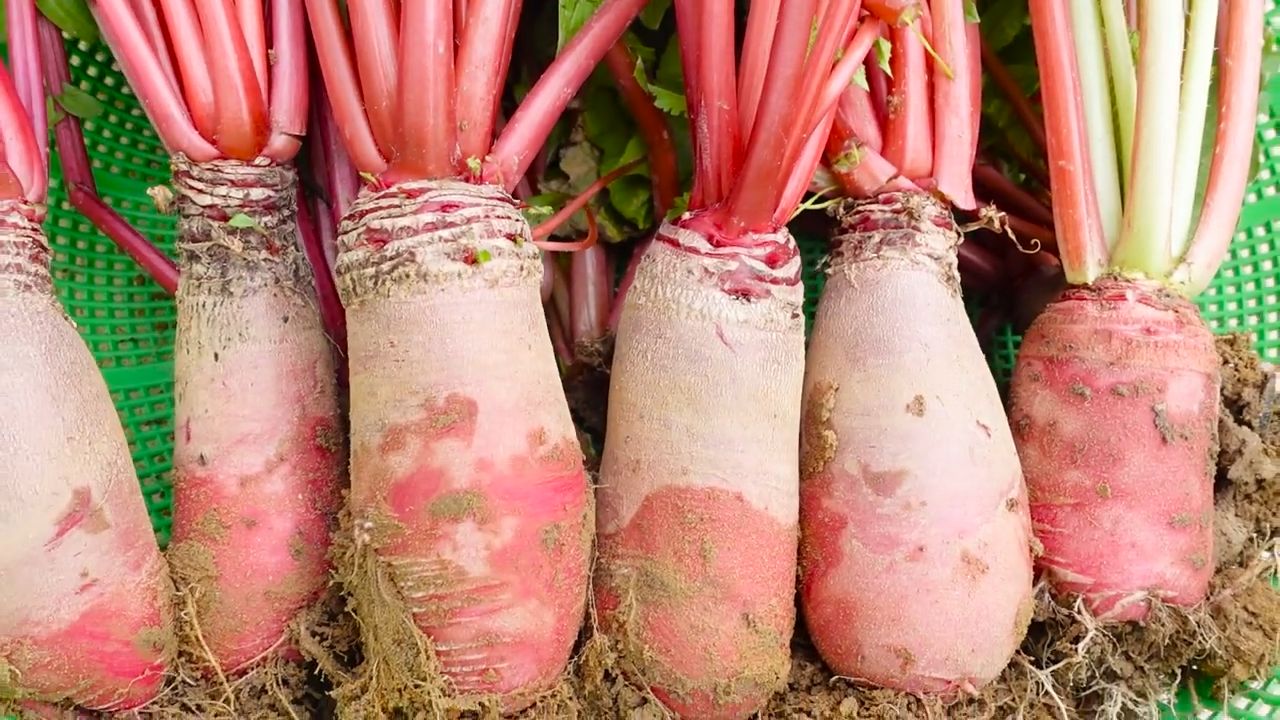
Terrace Gardening: How to Successfully Grow Beetroot
Hello gardening friends! I’m excited to show you today how to grow beetroot right on your terrace. It’s easier than you think, and the result is a delicious, homegrown harvest! Beetroot is not only super healthy but also incredibly versatile in the kitchen. Let’s get started!
What You Need to Grow Beetroot on Your Terrace:
- Seeds: Choose high-quality beetroot seeds. There are different varieties, such as ‘Detroit Dark Red’ (classic), ‘Golden Beet’ (yellow), or ‘Chioggia’ (red and white striped).
- Containers: Large pots or plant boxes with good drainage are ideal. They should be at least 30 cm deep to give the beets enough space to grow.
- Soil: Use high-quality potting soil or a mix of garden soil, compost, and sand. Beetroot prefers loose, well-drained soil.
- Fertilizer: Organic fertilizer or a special vegetable fertilizer.
- Watering can or hose: For watering.
- Spade or shovel: For filling the containers with soil.
- Gloves: To keep your hands clean.
- Labeling tags: To mark the different varieties (optional).
- Possibly fleece: To protect against pests or frost (optional).
Step-by-Step Guide: How to Grow Beetroot on Your Terrace
- Preparing the Containers
- Choosing the Containers: Select the right pots or plant boxes. As mentioned, they should be at least 30 cm deep. Personally, I prefer plant boxes because you can place several plants next to each other.
- Ensure Proper Drainage: Make sure the containers have holes in the bottom so that excess water can drain. If not, drill holes yourself. A layer of gravel or clay shards at the bottom of the container further improves drainage.
- Fill the Containers: Fill the containers with the prepared soil, leaving about 5 cm from the top. The soil should be loose and airy.
- Sowing the Seeds
- Sowing Time: Beetroot can be sown directly outdoors starting in April. However, you can also start them indoors in March.
- Sowing Method:
- Use your finger or a small stick to make small holes in the soil, about 2-3 cm deep.
- Place 2-3 seeds in each hole. Beetroot seeds are often “multiple germinators,” meaning several plants can grow from one seed.
- Cover the seeds with soil and gently press them down.
- Watering: Gently water the soil, making it moist but not soggy.
- Caring for the Beetroot Plants
- Location: Place the containers in a sunny spot. Beetroot needs at least 6 hours of sunlight per day.
- Watering: Keep the soil evenly moist. Water regularly, especially on hot days. Avoid waterlogging, as this can lead to root rot. I always check with my finger to see if the soil is still moist enough.
- Thinning: Once the seedlings are a few centimeters tall (about 5-7 cm), you should thin them out. This means removing the weaker plants so the stronger ones have enough space to grow. Leave about 5-10 cm between the plants.
- Fertilizing: Fertilize the plants regularly, about every 2-3 weeks, with organic fertilizer or a special vegetable fertilizer. Follow the instructions on the package.
- Weeding: Keep the containers free of weeds. Weeds compete with the beetroot plants for nutrients and water.
- Protection from Pests: Beetroot can be infested by various pests, such as aphids or flea beetles. Regularly check the plants and treat pests if necessary using natural methods, such as nettle liquid or an organic insecticide. Fleece can help keep pests away.
- Harvesting Beetroot
- Harvest Time: Beetroot can be harvested once the roots have reached the desired size. This is usually about 8-10 weeks after sowing. The size of the roots depends on the variety.
- Harvesting Method: Gently pull the roots out of the soil. If they are hard to remove, you can loosen the soil around the roots.
- Using the Leaves: The leaves of beetroot are also edible and can be prepared like spinach. Simply cut them off and wash them thoroughly.
Additional Tips for Successfully Growing Beetroot on Your Terrace:
- Crop Rotation: Don’t plant beetroot in the same location every year. Rotate the planting area to prevent diseases and pests.
- Companion Planting: Beetroot grows well with other vegetables, such as onions, garlic, or lettuce. Companion planting can help keep pests away and improve the soil.
- Variety Selection: Experiment with different beetroot varieties to find out which ones taste best and grow best on your terrace.
- Pre-Growing: If you live in a region with a short summer, you can pre-grow beetroot indoors to speed up the harvest. Sow the seeds about 4-6 weeks before the last frost in small pots, then plant the young plants outdoors as soon as the weather allows.
- Soil Improvement: Beetroot prefers loose, well-drained soil. If your soil is heavy and clayey, you can improve it with compost, sand, or other organic materials.
- Mulching: A mulch layer made of straw, wood chips, or other organic material can help retain moisture in the soil, suppress weeds, and improve the soil.
- Regular Monitoring: Regularly check your beetroot plants for pests and diseases. The earlier you spot problems, the easier it is to fix them.
- Patience: Be patient! Beetroot takes time to grow. Don’t be discouraged if it doesn’t work out right away. With a little practice, you’ll soon enjoy a rich harvest.
Common Problems and Solutions:
- Aphids: Spray the plants with a mixture of water and dish soap or with nettle liquid.
- Flea Beetles: Cover the plants with fleece or dust them with diatomaceous earth.
- Root Rot: Avoid waterlogging and ensure good drainage.
- Stunted Growth: Regularly fertilize the plants and make sure they are in a sunny spot.
I hope this guide helps you successfully grow beetroot on your terrace. It’s really a rewarding project, and I’m sure you’ll have a lot of fun with it! Good luck and enjoy your delicious harvest!
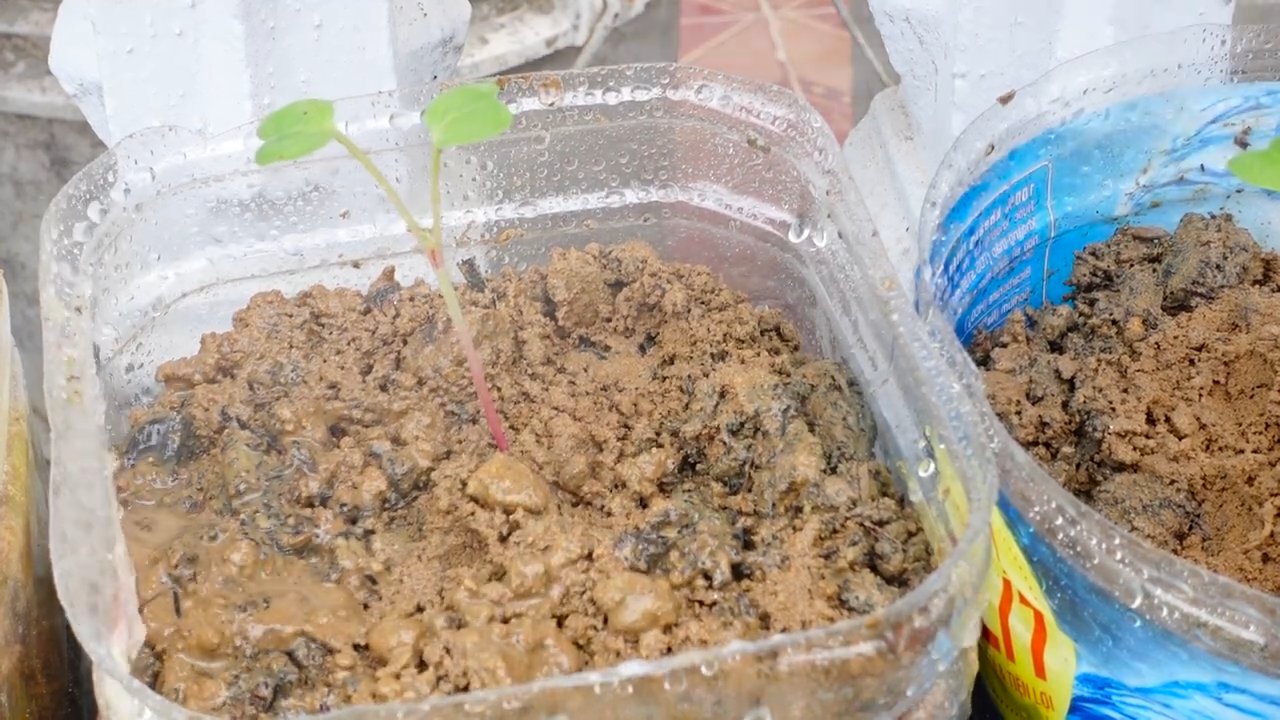
Conclusion
So, there you have it! Transforming your terrace into a vibrant, beetroot-producing haven is not only achievable but also incredibly rewarding. We’ve explored the ins and outs of terrace gardening beetroot growing, from selecting the right varieties to nurturing them through each stage of their development. This isn’t just about growing vegetables; it’s about creating a sustainable, beautiful, and edible landscape right outside your door.
Why is this DIY trick a must-try? Because it empowers you to take control of your food source, reduce your carbon footprint, and enjoy the unparalleled taste of freshly harvested, homegrown beetroot. Store-bought beetroot simply can’t compare to the earthy sweetness and vibrant color of those you’ve nurtured yourself. Plus, the process itself is therapeutic and deeply satisfying. Imagine the pride you’ll feel serving a salad featuring beetroot you grew with your own hands!
But the journey doesn’t end here. Feel free to experiment with different beetroot varieties. Consider growing golden beetroot for a milder flavor and stunning visual appeal, or try Chioggia beetroot with its beautiful concentric rings. You can also explore companion planting. Marigolds, for example, can help deter pests, while onions and garlic can improve the overall health of your beetroot plants. Don’t be afraid to get creative with your container choices, either. Upcycled containers, such as old buckets or wooden crates, can add a rustic charm to your terrace garden.
Beyond the basic growing techniques, think about incorporating beetroot greens into your cooking. They’re packed with nutrients and can be used in salads, stir-fries, or even as a substitute for spinach. You can also pickle your beetroot for a tangy and delicious treat that will last for months. The possibilities are endless!
We wholeheartedly encourage you to embark on this terrace gardening beetroot growing adventure. It’s a journey of discovery, learning, and ultimately, delicious rewards. Don’t be intimidated if you’re a beginner. Start small, be patient, and learn from your mistakes. Every gardener, no matter how experienced, has faced challenges along the way.
And most importantly, we want to hear about your experiences! Share your photos, tips, and triumphs with us in the comments section below. Let us know what varieties you’re growing, what challenges you’ve faced, and what delicious recipes you’ve created with your homegrown beetroot. Your insights can inspire and help other aspiring terrace gardeners. Let’s build a community of passionate growers, sharing our knowledge and celebrating the joys of homegrown food. So, grab your seeds, get your hands dirty, and let’s start growing!
Frequently Asked Questions (FAQ)
What is the best time of year to plant beetroot on my terrace?
The ideal time to plant beetroot depends on your local climate. Beetroot thrives in cooler temperatures, so the best time to plant is typically in early spring or late summer/early fall. For spring planting, aim to sow seeds 2-3 weeks before the last expected frost. For fall planting, sow seeds 6-8 weeks before the first expected frost. In warmer climates, you can often grow beetroot throughout the winter, provided you protect them from extreme cold. Check your local weather patterns and adjust your planting schedule accordingly. Remember that consistent soil temperature is key for successful germination.
What type of soil is best for growing beetroot in containers?
Beetroot prefers well-draining, fertile soil with a slightly acidic to neutral pH (6.0-7.0). A good potting mix for containers should be a blend of compost, peat moss (or coconut coir), and perlite or vermiculite. This combination provides good drainage, aeration, and nutrient retention. Avoid using heavy clay soil, as it can become waterlogged and hinder root development. You can also amend your potting mix with slow-release fertilizer to provide a steady supply of nutrients throughout the growing season. Regularly check the soil pH and adjust as needed to ensure optimal growing conditions.
How much sunlight do beetroot plants need on a terrace?
Beetroot plants need at least 6 hours of direct sunlight per day to thrive. Choose a sunny spot on your terrace that receives ample sunlight throughout the day. If your terrace is partially shaded, try to position your containers in the area that receives the most sunlight. If you’re growing beetroot indoors, you may need to supplement with grow lights to ensure they receive enough light. Insufficient sunlight can result in leggy growth, poor root development, and reduced yields. Monitor your plants closely and adjust their position as needed to maximize their exposure to sunlight.
How often should I water my beetroot plants in containers?
Water your beetroot plants regularly, keeping the soil consistently moist but not waterlogged. The frequency of watering will depend on factors such as the weather, the size of your containers, and the type of potting mix you’re using. Check the soil moisture regularly by sticking your finger into the soil. If the top inch feels dry, it’s time to water. Water deeply, allowing the water to drain out of the bottom of the container. Avoid overhead watering, as this can promote fungal diseases. During hot, dry weather, you may need to water your plants more frequently.
What are some common pests and diseases that affect beetroot plants, and how can I prevent them?
Beetroot plants can be susceptible to pests such as aphids, flea beetles, and leaf miners. Diseases such as powdery mildew and leaf spot can also be a problem. To prevent these issues, practice good garden hygiene. Remove any dead or diseased leaves promptly. Ensure good air circulation around your plants. Use organic pest control methods such as insecticidal soap or neem oil to control pests. You can also use row covers to protect your plants from pests. To prevent fungal diseases, avoid overhead watering and ensure good drainage. If you notice any signs of pests or diseases, take action promptly to prevent them from spreading.
How do I know when my beetroot is ready to harvest?
Beetroot is typically ready to harvest 7-8 weeks after planting, depending on the variety. The size of the beetroot is a good indicator of maturity. Most varieties are ready to harvest when the roots are about 2-3 inches in diameter. You can also check the top of the root, which should be visible above the soil line. If the root is firm and well-colored, it’s likely ready to harvest. To harvest, gently loosen the soil around the beetroot and pull it out of the ground. Be careful not to damage the root. You can also harvest the beetroot greens for use in salads or other dishes.
Can I grow beetroot in the same container as other vegetables?
Yes, you can grow beetroot in the same container as other vegetables, provided they have similar growing requirements. Good companion plants for beetroot include lettuce, spinach, radishes, and onions. These plants can help to deter pests and improve the overall health of your beetroot plants. Avoid planting beetroot near plants that are susceptible to the same pests or diseases. Also, ensure that your container is large enough to accommodate all of the plants you’re growing.
How can I improve the flavor of my homegrown beetroot?
The flavor of your homegrown beetroot can be influenced by several factors, including the variety you’re growing, the soil conditions, and the amount of sunlight they receive. To improve the flavor, choose a variety that is known for its sweetness and flavor. Ensure that your soil is rich in organic matter and that your plants receive plenty of sunlight. You can also add a small amount of salt to the soil to enhance the sweetness of the beetroot. Avoid overwatering your plants, as this can dilute the flavor. Finally, harvest your beetroot when it’s fully mature for the best flavor.


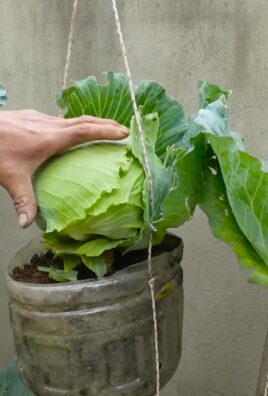
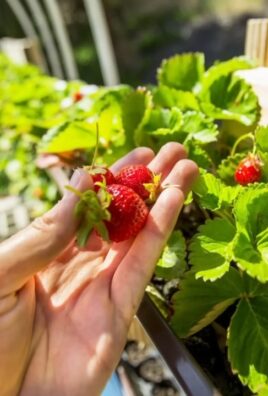
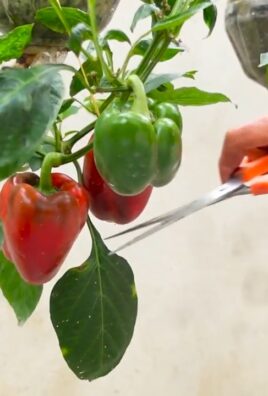
Leave a Comment